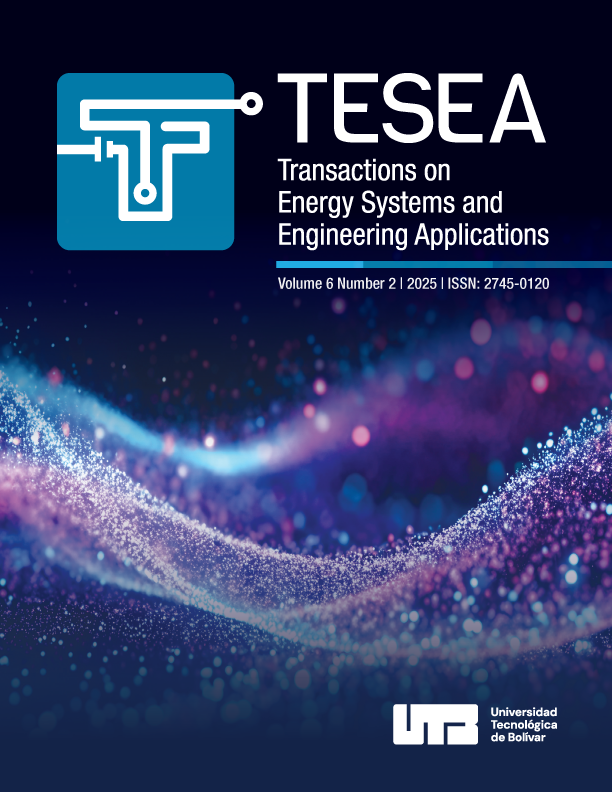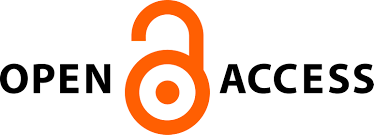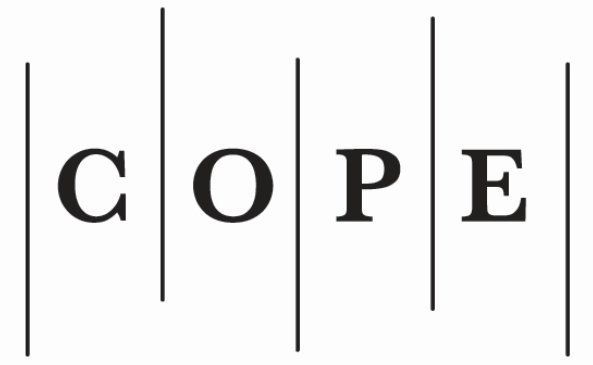Evaluating the generalization capability of MobileNet-based CNNs for temperature prediction in simulated specklegram fiber optic sensors with combined synthetic datasets and data augmentation
DOI:
https://doi.org/10.32397/tesea.vol6.n2.802Keywords:
Specklegrams, Convolutional Neural Network, Finite element method, FSS, MobileNetAbstract
The development of machine learning algorithms applied to specklegram-based sensors has facilitated the development of novel approaches for measuring several physical variables; however, most of these methods evaluate a single Fiber Specklegram Sensor (FSS) on a limited dataset. This paper assesses the generalization capability of applying these algorithms, in particular, Convolutional Neural Networks (CNN), to the prediction of temperature in simulated FSSs with different characteristics and conditions. This is achieved through the use of multiple combined synthetic datasets and data augmentation. The application of the Finite Element Method (FEM) enables the generation of datasets within the COMSOL Multi-physics software. The datasets are simulated with varying optical parameters, representing different optical fibers. Following the simulation of the datasets and training of selected models by combining them, data augmentation tests are conducted as though they were real fiber optic disturbances. Ultimately, a model is generated incorporating all the combined datasets and data augmentation, demonstrating the capacity of the model for generalization. This showcases the versatility of the computational methodology for evaluating, designing, and adjusting sensors without the need for experimental data. Additionally, it illustrates that a relatively simple model can be adapted to a variety of sensing system scenarios and configurations.
Downloads
Downloads
Published
How to Cite
Issue
Section
License
Copyright (c) 2025 Isaac Huertas-Montes, Francisco V´élez, Víctor Aristizabal, Carlos Trujillo, Jorge Herrera-Ramírez

This work is licensed under a Creative Commons Attribution 4.0 International License.
Authors retain copyright and grant the journal right of first publication with the work simultaneously licensed under a Creative Commons Attribution 4.0 International License, which allows others to share the work with an acknowledgment of the work's authorship and initial publication in this journal.
















